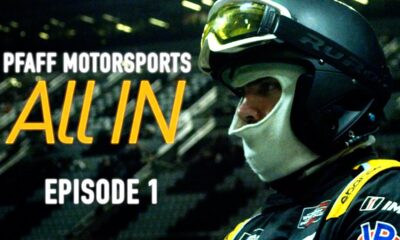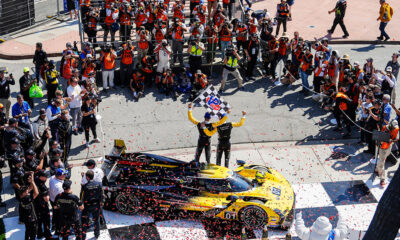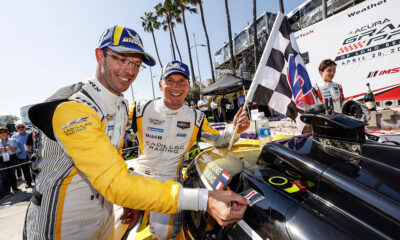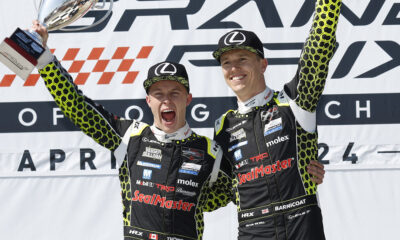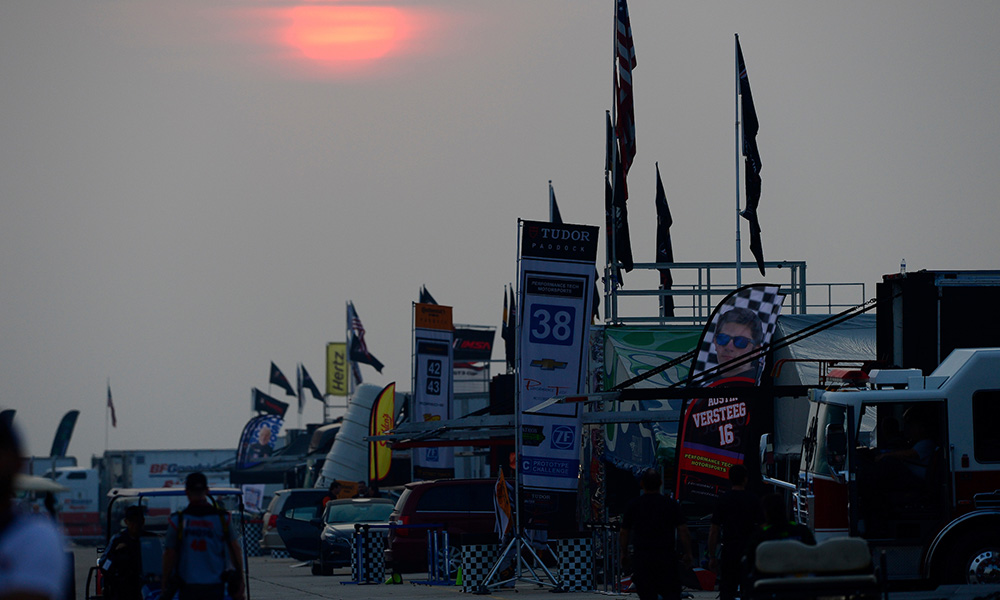
Photo: Michelin
Preparing for “Super Sebring” weekend, featuring the FIA World Endurance Championship alongside three IMSA championships, is a massive undertaking.
In particular, the paddock has to be organized in a way to accommodate the needs of both the IMSA series and the FIA WEC. This has been done before, but not to the level needed to accommodate upwards of 140 cars anticipated for the massive weekend from March 13-16.
Work started on 2019 as early as the Sunday after the 2018 Mobil 1 Twelve Hours of Sebring, in what has been a collaborative effort between Sebring International Raceway, IMSA and the FIA WEC.
Sportscar365 gathered the thoughts of three key stakeholders who plan for the weekend – and their time in the paddock – in different ways:
*Mike Simons, senior director of logistics for IMSA, works with the track and the series to set up the paddock itself.
*Steve Cole, Corvette Racing operations manager, has the task of sorting Corvette’s entries and planning to race in both the 12-hour classic, and the FIA WEC 1000 Miles of Sebring. Corvette will run a third C7.R chassis in its third FIA WEC start of the 2018-’19 Super Season.
*Brent O’Neill, Performance Tech Motorsports team principal, is preparing for the Deerfield Beach, Fla.-based team’s home race and running its Oreca 07 LMP2 car in the 12-hour and multiple LMP3 cars on Thursday.

Photo: IMSA
When did your planning start to begin the paddock and logistical organization for this race?
MS: “Planning usually starts right after Petit Le Mans 2018. We start putting the puzzle together for the Sebring event, with how big it’ll be for both the WEC and the WeatherTech event, plus all the support series. We start back about three months out before the event.”
SC: “September 2018. We had multiple discussions about Sebring logistics while we were preparing for Shanghai last fall.”
BON: “The day after Daytona, we started planning Sebring. You have to start immediately after the race, to get ready planning and testing.”
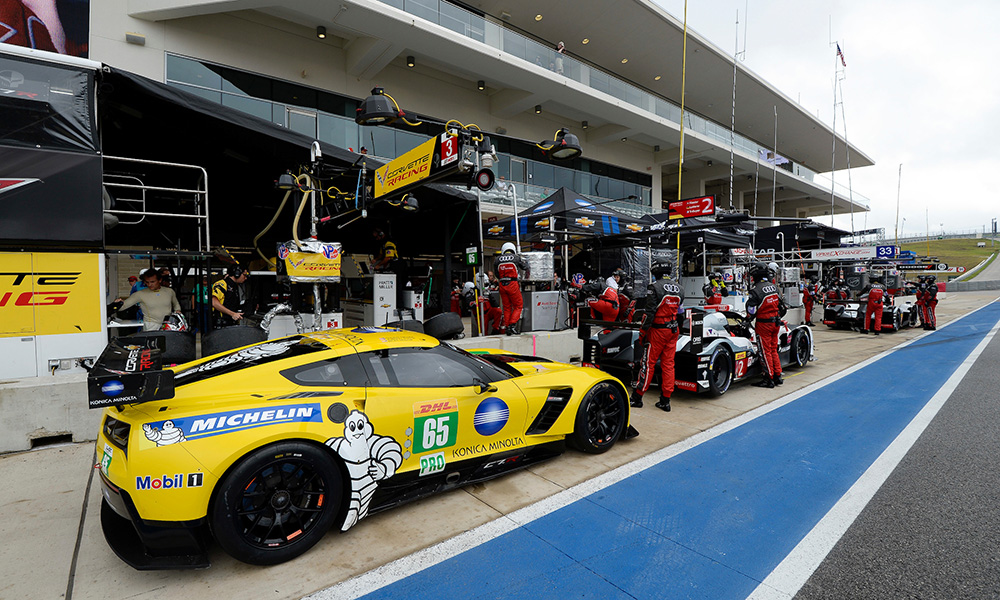
Photo: Michelin
How is it determined where each series or team goes in the paddock, when you have four series to consider and in some cases, some teams that run cars in two series?
MS: “We work together with the track, as far as between IMSA and the track itself, to make sure the paddock layout works for everybody.
“The reason the WEC ended up where it is, is that we had to make an additional pit lane. With the WEC and WeatherTech teams running back-to-back (race) events, one of the major challenges is being able to move the pit equipment from the main pits now to switch out from WEC to WeatherTech. There wasn’t enough time or room to set both series up with all their equipment for each car.
“So what the track has done is come up with an alternative pit lane, and now the WEC cars enter their pit lane off Turn 15, and it’s along the back straight right at their paddock. So, they are combined with their containers, tents, garages in pit lane all in one section. So they won’t have to move a mile or more getting back and forth. It is a tight knit little place.
“We always try to put IMSA in the Turn 17 area, so from there to the middle of the paddock for the WeatherTech series. Then we used to put…(what) is now the IMSA MICHELIN… Pilot Challenge series, the next group in. Then we were left with GT3 and IPC.
“Now, with WEC moving in, where they’re at, we’ve moved IPC teams in-between the WeatherTech and WEC. And now there’s a brand new paved area in between Turn 1 and 16, which is a large paddock just for the MICHELIN Pilot Challenge. Sebring calls it the ‘North Paddock.’”
SC: “The paddocks are separate, but Corvette Racing trailers have been allowed to be together at the east end of the IMSA paddock. We have an additional trailer to support the WEC effort.”
BON: “IMSA makes the decision on where we get parked in the paddock. At Sebring, IMSA usually puts the trucks together to make it easier on the team with the P3 and P2 cars. So IMSA has assured us we will park together at Sebring.”
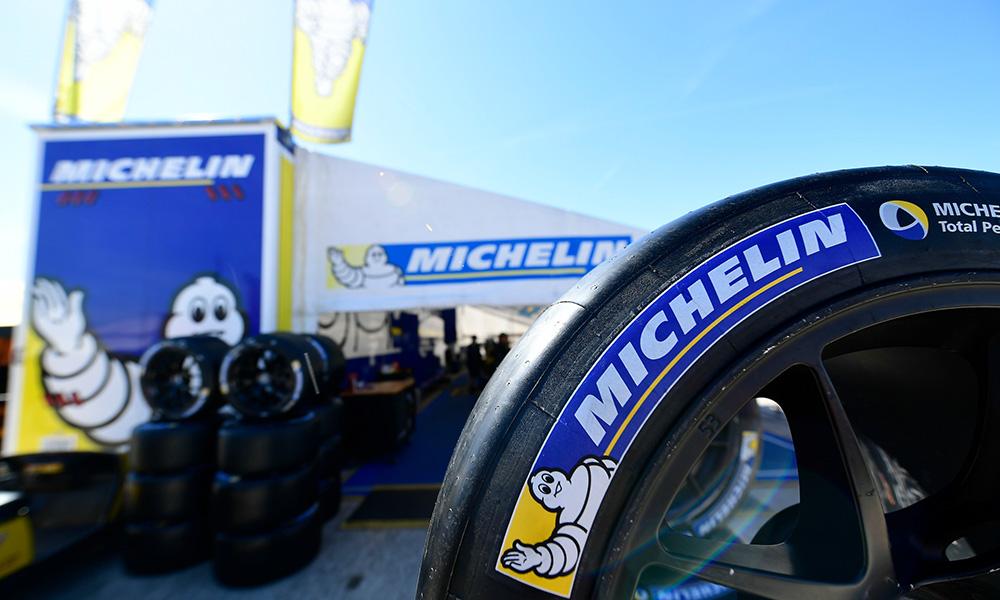
Photo: Michelin
What are some of biggest challenges or successes with the space or preparation for the weekend?
MS: “There always are challenges. I can probably say this has been the biggest challenge we have ever had. And that is due to the phenomenal car count that we both (IMSA and WEC) have, plus the support series. The MICHELIN Pilot Challenge series is growing daily. It changes with adding cars every other day, Jeff Smallwood (MICHELIN Pilot Challenge series manager) keeps adding more cars.
“You have to satisfy the fire marshal with all the fuel rigs and how they are set up, and the way the fuel is stored in the fuel compound. You have to make sure Michelin has enough space to work. And they have a 300 foot by 90 foot tent, which is one of the largest setups I’ve ever seen for this race. You need to account for Dunlop too for some WEC teams.”
SC: “For one, the personnel needed to run a third car. We have great people that aren’t part of the traveling team. But to achieve the max result we recognized that we need the same tire changers for the WEC race as the IMSA C7.Rs; they know the rules and procedures inside and out.
“In addition, we’ll have shop personnel that will refuel during the race and also handle the work on the third car during the practice sessions.”
“Success in these situations is almost always based on compromise. IMSA, FIA WEC and Corvette Racing accomplished the best compromise to fulfill all of our requirements.”
BON: “The biggest challenge is making it work with three or four cars in the space we are given. It is a big give and take with IMSA, and we all try and work with Mike Simons to make everyone else happy.”
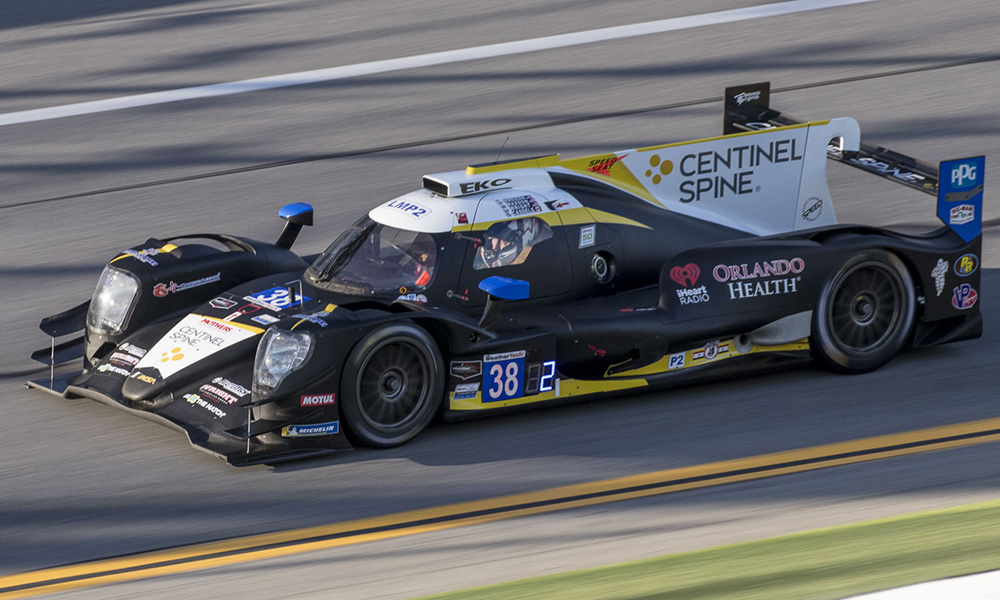
Photo: Michelin
This is the first WEC race at Sebring since the 2012 American Le Mans Series and WEC combined race. How different was the paddock layout at that time, with the blend?
MS: “The WEC, we tried to blend cars altogether between the American Le Mans Series and WEC. So when people went down the middle of the paddock, they’d see the cars side by side. That’s how they worked. Now, we have WeatherTech all in one group and WEC in one group. The paddock is open, so they can still see all the cars.”
SC: “This requires a similar effort, as did the 2014 COTA IMSA/WEC event. The biggest difference is a portion of the WEC team (after an eight-hour race) will also be the IMSA team 10 hours later (for a 12-hour race). This event, with an alternate pit lane, requires a second complete pit set up not allowing for combining items such as the engineering station and fueling equipment.”
BON: “For us it is the same but different if that makes any sense. We are now governed by NASCAR and they have very strict rules when it comes to parking. So we used to be able to keep our support trailers parked next to us in the paddock and now they are parked off site; but it does make the paddock look much better.”
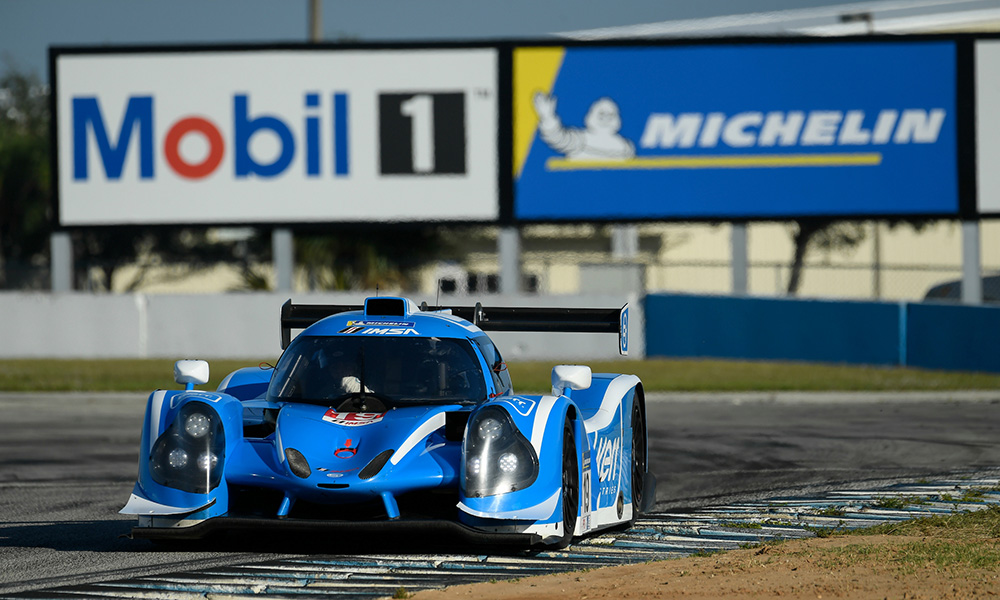
Photo: Michelin
What lies ahead?
There are a number of elements that go into laying out a paddock to support two global championships and two additional IMSA Challenge series.
Ensuring each series and entity has what it needs for proper operation, given the different rules and regulations, is key to IMSA’s preparation. And from the team side, this showcases how difficult it is to plan for multiple events in the race weekend.



















